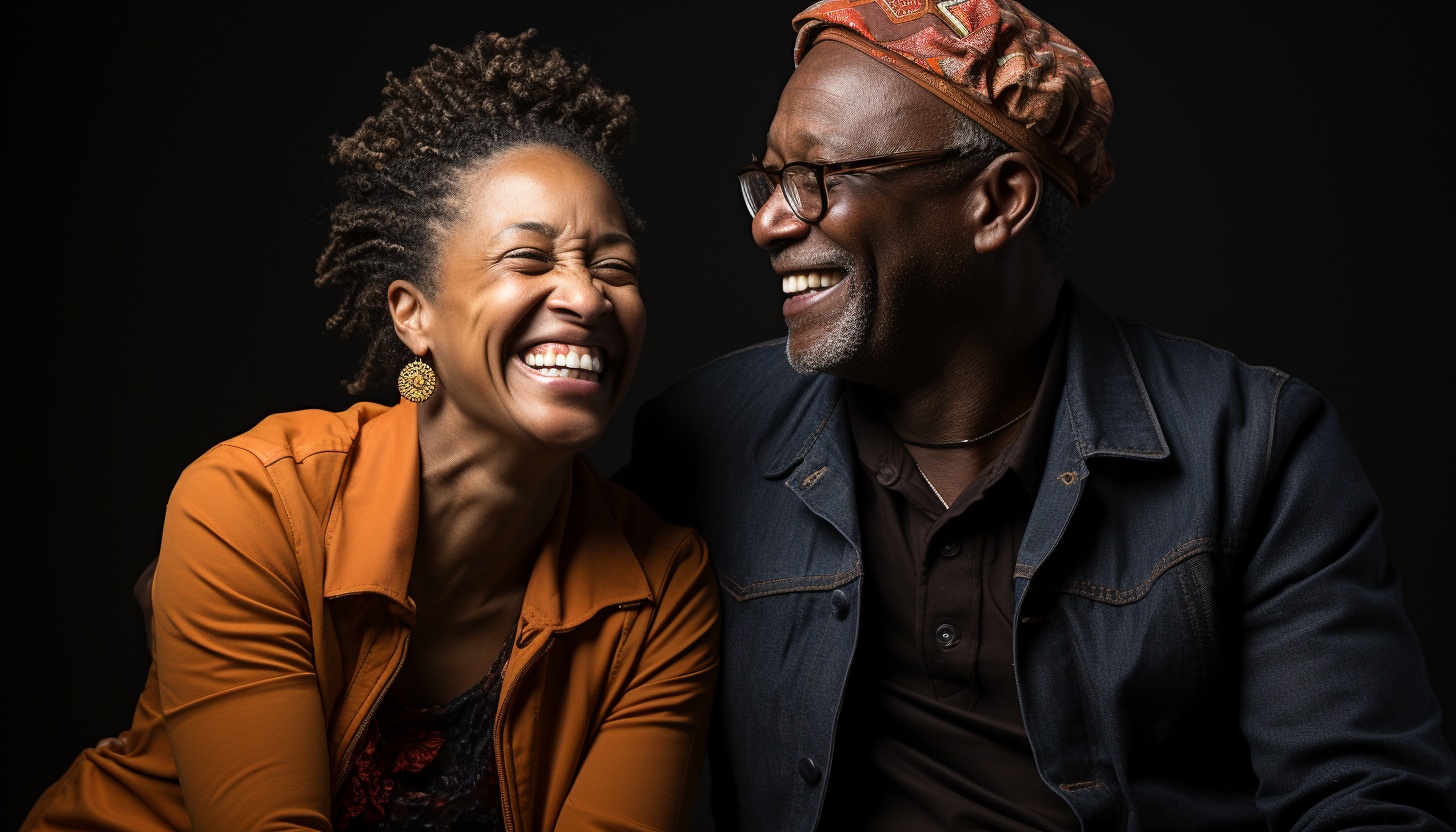
Mastering Body Language: Secrets to Effective Communication
Ready to unlock the hidden power of body language?
Discover the secrets to effective communication in our latest article, ‘Mastering Body Language: Secrets to Effective Communication.’
You’ll explore the importance of nonverbal cues, learn key body language cues to master, and enhance your emotional expressions.
With practice, you can improve your body language skills and become a captivating communicator.
Get ready to delve into the fascinating world of body language and take your communication to new heights.
The Importance of Body Language

Understanding the significance of body language is crucial for effective communication. It isn’t just what you say, but how you say it that can make a lasting impression. Your body language, including your facial expressions, gestures, and posture, can convey more meaning than words alone. When you’re engaged in a conversation, your body language can either reinforce or contradict the message you’re trying to convey.
For example, crossing your arms may signal defensiveness or resistance, while maintaining eye contact shows attentiveness and interest.
Body language can also help you gauge the emotions and intentions of others. By observing their non-verbal cues, such as their tone of voice, hand movements, or body position, you can gain insights into their true feelings or attitudes. This can be especially helpful in situations where verbal communication may be limited or ambiguous.
In addition, mastering your own body language can enhance your overall communication skills. By being aware of how you present yourself, you can project confidence, assertiveness, and credibility. For instance, maintaining an open posture and smiling can make you appear approachable and friendly.
Understanding Nonverbal Communication

When observing nonverbal cues, such as tone of voice, hand movements, or body position, you can gain insights into the true feelings and attitudes of others. Nonverbal communication plays a crucial role in human interaction, often conveying messages that words alone can’t express.
To fully understand the intricacies of nonverbal communication, consider the following:
– Facial expressions: The slight raise of an eyebrow, a genuine smile, or a furrowed brow can reveal a person’s emotions and intentions. Pay attention to the subtle changes in someone’s face to decipher their true feelings.
– Gestures: Hand movements can be powerful indicators of a person’s thoughts or emotions. Whether it’s a confident handshake, a dismissive wave, or a nervous fidget, gestures can provide valuable insights into someone’s state of mind.
– Posture and body language: The way someone carries themselves can reveal a lot about their confidence, interest, or discomfort. From an open and relaxed stance to crossed arms or fidgeting, observe how someone’s body position reflects their inner state.
– Eye contact: The intensity and duration of eye contact can convey various messages. It can signal interest, trust, or even deception. Pay attention to how someone maintains eye contact or avoids it altogether.
Key Body Language Cues to Master

To effectively communicate, master key body language cues. Understanding and utilizing these cues can greatly enhance your ability to connect with others and convey your message effectively.
One important cue to master is eye contact. Maintaining good eye contact shows confidence and interest in the conversation, while avoiding eye contact can signal disengagement or lack of trust.
Another crucial cue is facial expressions. Your face is a powerful tool for expressing emotions and conveying your thoughts. Smiling, for example, can make you appear approachable and friendly, while frowning may indicate displeasure or disagreement.
Additionally, pay attention to your posture. Standing or sitting up straight demonstrates attentiveness and confidence, while slouching can give off an impression of laziness or lack of interest.
Lastly, be mindful of your gestures. Using hand gestures sparingly and purposefully can help emphasize your points and keep your audience engaged.
Mastering these key body language cues won’t only improve your communication skills but also enhance your overall presence and influence in various social and professional settings.
Enhancing Emotional Expressions Through Body Language

Enhancing your emotional expressions through body language can significantly impact your ability to connect with others and effectively convey your feelings. By mastering the art of nonverbal communication, you can create a more authentic and powerful connection with those around you.
Here are some ways in which you can enhance your emotional expressions through body language:
– Facial expressions: Your face is a window to your emotions. By consciously expressing emotions like happiness, sadness, surprise, or anger through your facial expressions, you can communicate your feelings more effectively.
– Gestures: Hand and arm movements can add depth and emphasis to your emotional expressions. Whether it’s using open palms to convey honesty and openness or making sweeping gestures to show excitement, gestures can enhance the impact of your emotional communication.
– Posture: Your body posture can reflect your emotional state. Standing tall and straight can convey confidence and assertiveness, while slouching can indicate boredom or disinterest. Adjusting your posture to match your emotions can make your expressions more authentic.
– Eye contact: The eyes are a powerful tool for emotional communication. Maintaining eye contact shows attentiveness and interest, while avoiding it can convey discomfort or lack of engagement.
By incorporating these techniques into your daily interactions, you can enhance your emotional expressions and establish stronger connections with others.
Now let’s explore how you can further improve your body language skills through practice and dedication.
Practicing and Improving Your Body Language Skills

To further improve your body language skills, practice and dedication are essential. Just like any other skill, mastering body language requires consistent effort and a willingness to learn and grow. Here are some tips to help you practice and improve your body language skills.
Firstly, start by observing others. Pay attention to how people use their body language in different situations. Notice their gestures, facial expressions, and posture. This will give you a better understanding of how body language can convey different messages.
Next, practice in front of a mirror. Stand tall with good posture and observe your own body language. Experiment with different gestures and facial expressions to see how they impact your overall communication. This will help you become more aware of your own body language and make necessary adjustments.
Additionally, record yourself during conversations or presentations. Seeing yourself on video can provide valuable feedback on your body language. Look for any habits or gestures that may be distracting or sending unintended messages. You can then work on eliminating these habits and refining your body language.
Lastly, seek feedback from others. Ask a trusted friend or colleague to observe your body language and provide constructive criticism. Their feedback can help you identify areas for improvement and offer suggestions on how to enhance your nonverbal communication.
Conclusion
So there you have it – mastering body language is the key to effective communication.
Did you know that 55% of communication is conveyed through body language? That means more than half of what we say is expressed through nonverbal cues such as facial expressions, gestures, and posture.
By understanding and improving our body language skills, we can greatly enhance our ability to connect with others and convey our thoughts and emotions accurately.
So why wait? Start practicing today and unlock the power of nonverbal communication!






